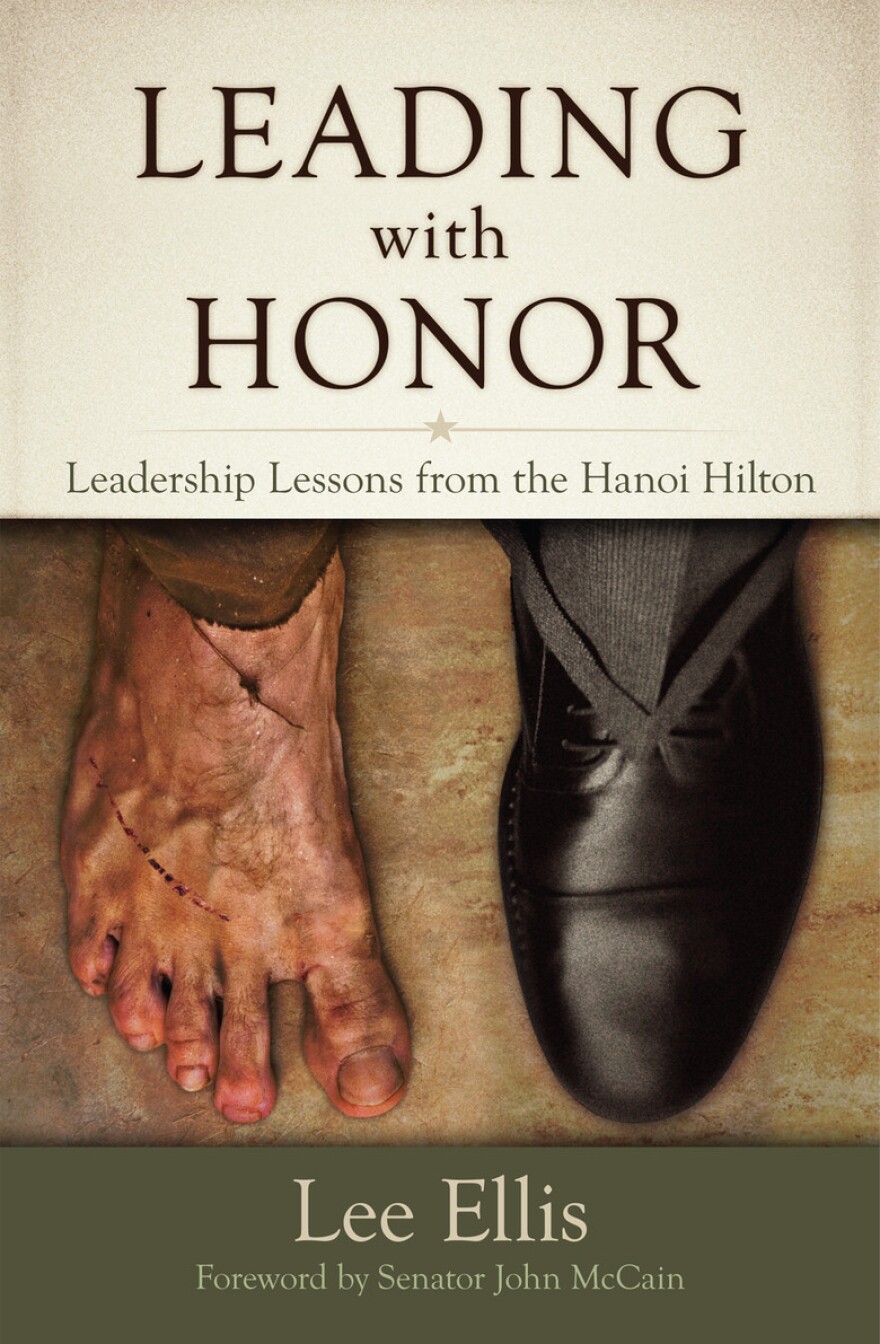Living with rats and bugs. Enduring no heat in the winter or cooling in the summer. Surviving torture.
These are conditions that Lee Ellis endured as a prisoner of war and he says taught him leadership.
Ellis is a retired Air Force colonel, a fighter pilot, who was shot down over Vietnam and spent more than five years as a POW in the downtown prison nicknamed the “Hanoi Hilton.”
“It’s a French prison built in the early 1900s. It occupies an entire downtown block,” Ellis said. “The walls are 15 feet high, 5 or 6 feet thick, guard towers at all the corners -- so impossible to escape from.”
Likening their prison to a “hotel” was part of the gallows humor that Ellis said got him and others through their captivity and torture.
His new book is Leading with Honor: Leadership Lessons from the Hanoi Hotel.
Ellis said his most powerful lesson came after his first interrogation that included torture. It lasted almost 24 hours before he agreed to fill out a biography.
“I gave my name, rank, service number, date of birth, which that is what we were supposed to do,” Ellis said. “But I didn’t give any more that was accurate, except for my father’s name.”

Yet he felt broken having given in to the torture. His morale hit an all-time low.
“I felt like I was the weakest, poorest military person who had ever worn the uniform,” Ellis said. “As it turned out later, I’ve learned that everybody had been through that type of thing and done about the same thing.”
Ellis said his fellow POWs and the military leaders at the Hanoi Hilton like the senior ranking officer, Lt. Col. Robbie Risner, helped him recover and learn to deal with the torture.
“He said we just need to bounce back. He said be a good American, live by the code of conduct. Take torture to resist only up to the point of where you don’t lose physical or mental damage,” Ellis said. “Then, go ahead and give in, give as little as possible and ready to bounce back.”
Ellis’s book is broken into 14 chapters. The first six chapters address how to lead yourself. The last eight chapters detail skills needed to lead others.
Each chapter starts with a story about his time as a POW. He then describes the specific leadership skill he learned followed by examples of how that skill applies to today’s civilian world and CEOs.



